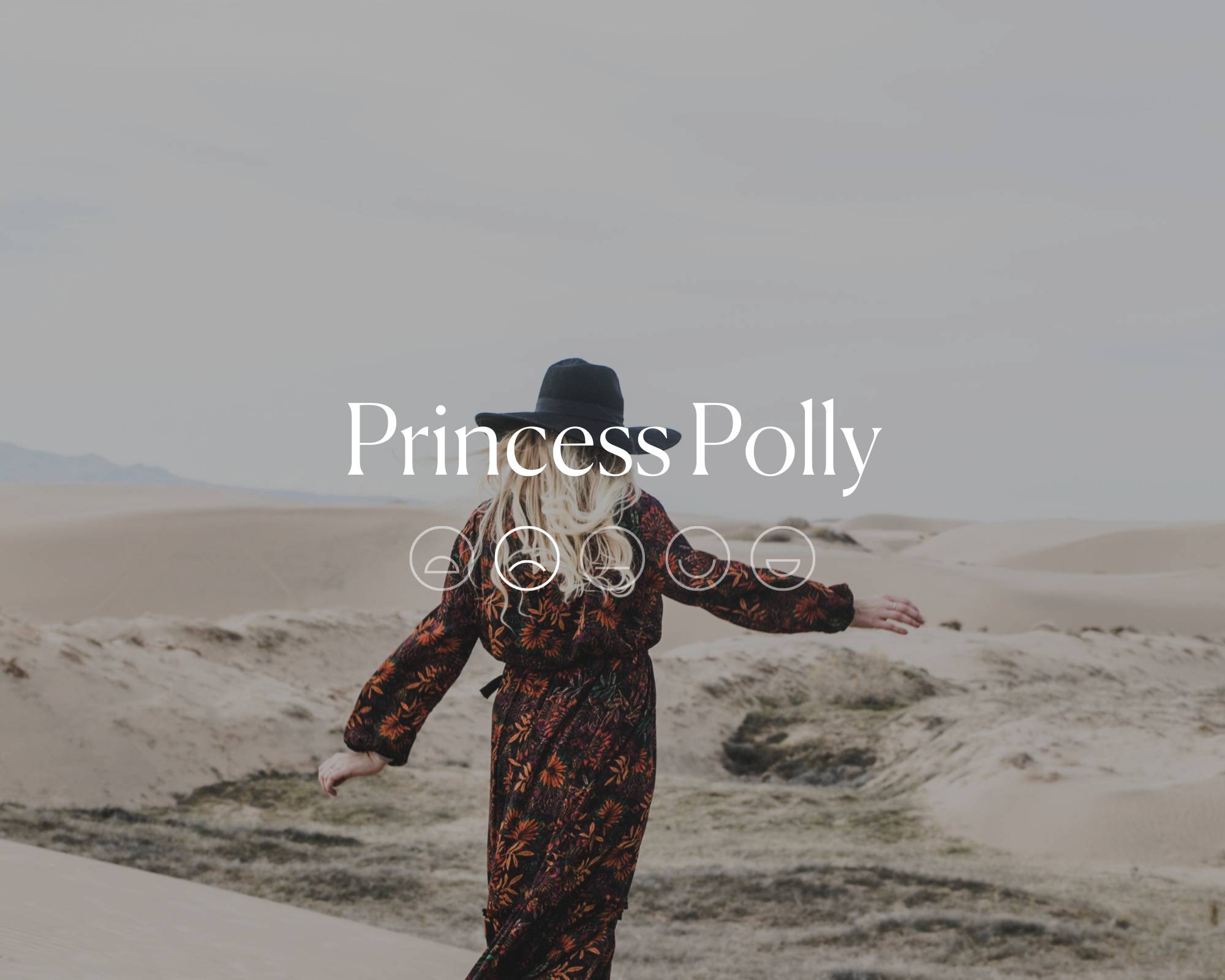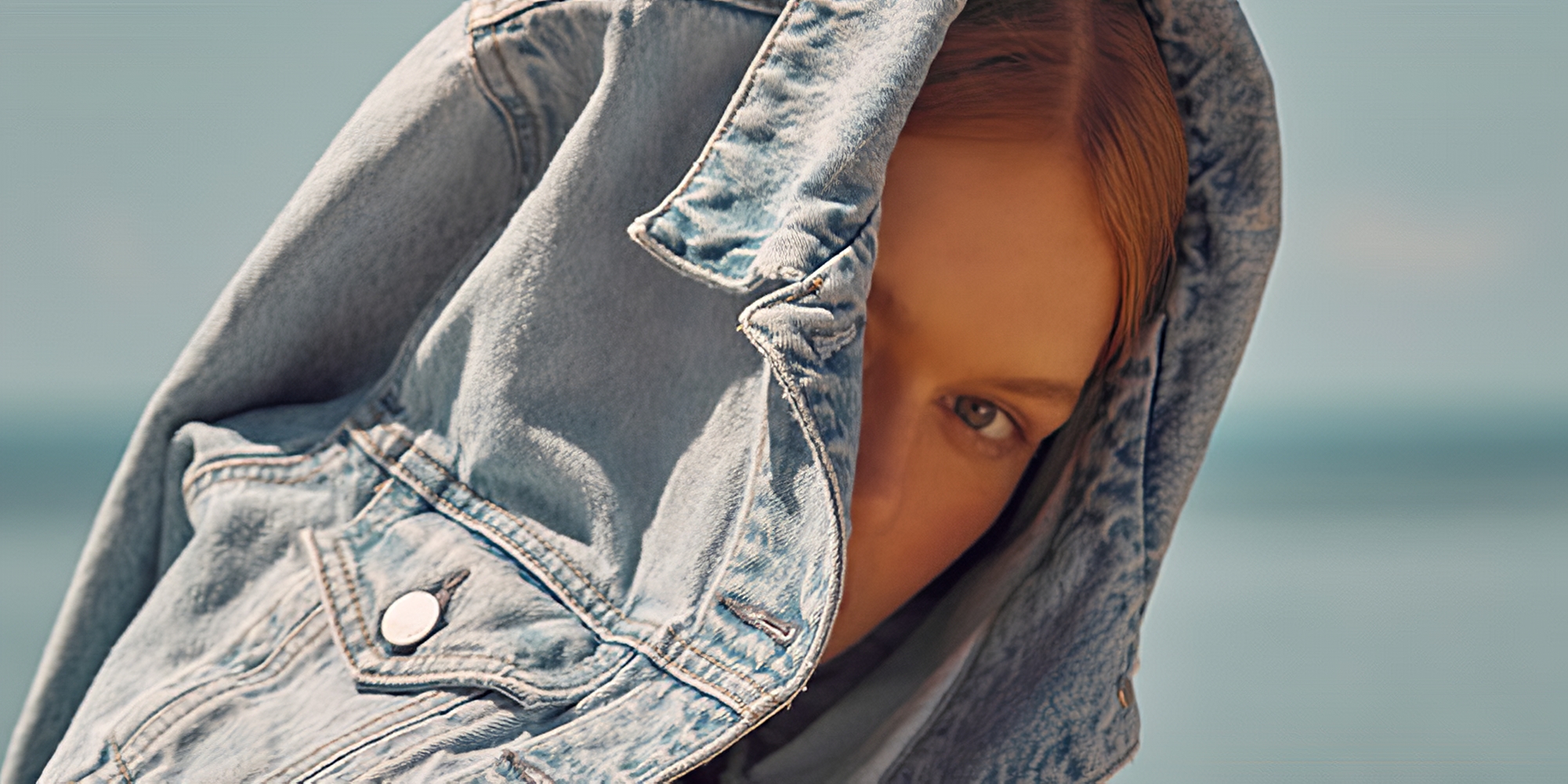Our editors curate highly rated brands that are first assessed by our rigorous ratings system. Buying through our links may earn us a commission—supporting the work we do. Learn more.
From small Gold Coast, Australia brand to global fast fashion label, Princess Polly is “Not Good Enough” for people and the planet, but is doing some “Good” for animals. This article is based on the Princess Polly rating published in July 2023.
Successful but not quite sustainable
What started as a small brand on the Gold Coast of Australia in 2010, Princess Polly has since expanded to a global market by pumping out thousands of trendy styles that seem to hit the mark for young women—at least on the looks front. By tapping into this youth market, as well as the world of Instagram and TikTok influencers and celebrities, Princess Polly has made this transformation from small Aussie startup to full-on fast fashion company.
With products inspired by “the latest trends in fashion, street style, and pop culture”, the brand prides itself on being “the go-to for all the newest looks”. At the same time, it states it is “dedicated to better understanding [its] supply chain, supplies operations, and manufacturing processes to ensure [the suppliers] meet [its] standards”.
But what does Princess Polly mean by that exactly? How is the brand impacting on people, the planet, and animals? We had a look at the brand for you and read between the lines of reports, standards, and certifications to answer this one crucial question: how ethical is Princess Polly?
Environmental impact
Princess Polly states it designs “products in small quantities based on customer demand, and therefore do not end up with any amount of unwanted product” and it aims ”to make products at the cheapest price, [striving] for good quality products while keeping prices reasonable”, but we have our doubts.
While the brand does use some lower-impact materials, including recycled materials, there is no evidence it’s taking actions to protect biodiversity in its supply chain; nor has it taken meaningful action to reduce or eliminate hazardous chemicals. Princess Polly also follows an unsustainable fast fashion model with quickly changing trends and regular new styles. “Not Good Enough”.
Labour conditions
When it comes to its labour rating, based on our own research, Princess Polly also received a score of “Not Good Enough” for people. While it does audit some of its supply chain, including all of the final stage of production, and did disclose some policies and safeguards to protect workers in its supply chain from the impacts of COVID-19 at the height of the pandemic, the good news ends there.
There is no evidence it provides financial security to its suppliers, which can result in poor working conditions, nor does it appear to support diversity and inclusion in its supply chain. There is also no evidence it ensures payment of a living wage in its supply chain. While the brand prides itself on making its customers (“gals”) happy, it seems to forget about the “gals” in the supply chain who make the clothes. You can do better, Princess Polly.
Animal welfare
When it comes to its impact on animals, Princess Polly’s rating is “Good”. It uses few animal materials in its products and has a formal animal welfare policy aligned with Five Freedoms. While it does use leather, it does not use fur, angora, down, or exotic animal skin or hair. It also has a policy to source wool from non-mulesed sheep, and has committed to eliminate all animal-derived materials by a target date.
Overall rating: ‘Not Good Enough’
Unfortunately, we have to give Princess Polly our second lowest rating of “Not Good Enough” overall. While it has made some small improvements in recent years, at the date of rating in July 2023, it still isn’t doing enough for workers and the environment. We’re not aware of any published initiatives since that date that would change the brand’s overall rating.
Princess Polly is also a prime example of an ultra fast fashion brand, launching new collections at lightning speed, which will very likely end up in a landfill. It is also often touted as being “poorly made” by reviews, and a lot of its products get returned (which the brand doesn’t charge for, surprise surprise). If customers do end up keeping a product, they often find it unravels after just a few washes.
If it wants to improve its score, Princess Polly could start incorporating more lower-impact materials into its range, doing its part to reduce its climate impact, and paying workers a living wage. Note that Good On You ratings consider hundreds of issues and it is not possible to list every relevant issue in a summary of the brand’s performance. For more information see our How We Rate page and our FAQs.
Luckily, the Good On You team found a few “Good” and “Great” brands to choose from next time you need to fill a gap in your wardrobe.
Good swaps
“Good” and “Great” alternatives to Princess Polly.




























